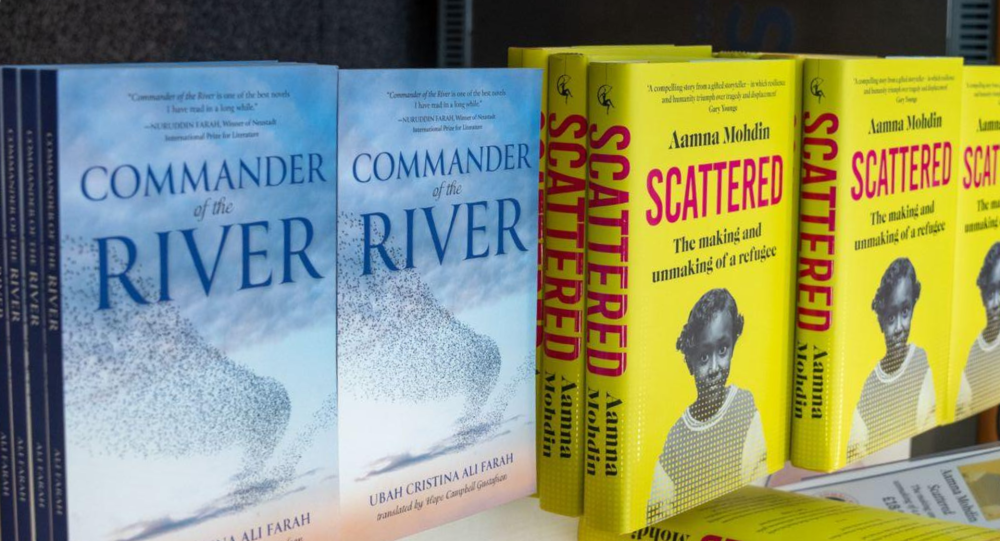Storying Somalia: The transformative power of creativity after war


Somali writers and artists use narratives to navigate displacement, reclaim fragmented histories, and reimagine the future, as showcased in a recent SOAS roundtable.
Human beings like to tell stories. We may, in fact, need to tell stories. Stories help us make sense of who we are, our relationships with others, and our place in the world.
But what happens to stories amid war? Where do stories go when communities are scattered, when trauma destabilises memory, and when forced migration disrupts how people locate themselves in time and space? Are storytelling practices undone by violence? Or might our ability to narrate and create be key to making sense of experiences of protracted insecurity and exile?
Where do stories go when communities are scattered, when trauma destabilises memory, and when forced migration disrupts?
These questions animate the lives and work of Somali writers and artists. They were also central to a recent roundtable at SOAS launching two books on identity, displacement and creativity, featuring Somali-Italian novelist Ubah Cristina Ali Farah, Somali-British journalist Aamna Mohdin, and Somali-Danish artist-activist Sagal Ali. Funded by the SOAS Impact Acceleration Account, and hosted by Laura Hammond as part of Somali Week Festival, the conversation provided space for these remarkable women to share their own stories of exile and return and reflect on the transformative power of their respective creative practice.
Ubah Cristina Ali Farah: ‘Restringing the Pearls of a Broken Necklace’
Ubah Cristina Ali Farah grew up in Mogadishu. But when Barre’s regime collapsed in 1991 she fled the ensuring violence, settling in Rome. Ubah Cristina was far from alone. Somalis, she says, are as like ‘a necklace of pearls that’s been cut…and scattered all over the world.’
Her novels reckon with the enduring impact of this ‘scattering’, both for those who experienced displacement first-hand and for second-generation migrants, who are inheritors of the fragmented memories of their parents.
Working through the affective force of inter-generational memory drives the narrative in Ubah Cristina’s second novel Commander of the River. The book tells the story of Yabar, an Italian-born Somali adolescent in Rome, who searches for answers about his family’s history while navigating the challenges of being black in Italy.
The novel is the work of a master storyteller, weaving together folklore and oral stories Ubah Cristina gathered into a coming-of-age saga that confronts several difficult truths. But the book does more than tell Yabar’s story. It is also, Ubah Cristina said, about telling the story of ‘scattered’ pearls – and helping put the necklace back together again.
Aamna Mohdin: ‘A Love Letter to My Parents’
When Aamna Mohdin was in her mother’s womb, her parents fled the violence that was engulfing Mogadishu, embarking on a journey that would take them to Kenya, Saudi Arabia and the Netherlands, before settling in London. But this history was not something Aamna considered much – until reporting on the refugee crisis in Calais brought up long-buried memories and spurred her to re-examine her own past. Over the coming years, she embarked on a uniquely intimate reporting journey, one that involved interviewing her parents, confronting her own traumatic memories, and returning to Mogadishu.
The memoir is a ‘love letter to [her] parents’: a narrative working through of a fractured inter-generational story that pays tribute to the sacrifices parents make.
The result of Aamna’s journey is Scattered: The Making and Unmaking of a Refugee, a memoir that is both harrowing and humorous, historically informative and courageously vulnerable. Reflecting on her title, Aamna echoed Ubah Cristina’s broken necklace metaphor to say that the book is about the Somali experience. But it is also a story of self-discovery that required her to reckon with her own scattered memories and scattered sense of self. And, Amna emphasised, the memoir is a ‘love letter to [her] parents’: a narrative working through of a fractured inter-generational story that pays tribute to the sacrifices parents make for their children and the bonds that are forged through adversity.
Sagal Ali: ‘The Future of Somalia is in the Imagination of Artists’
Like Aamna, Sagal’s family was displaced to Europe by Somalia’s civil war. But in 2015, Sagal returned to Mogadishu to work on a project exploring the role of heritage preservation in peacebuilding. It was here that she came to appreciate the human cost of the war: it took away spaces to imagine and create. You can give people food, she said, but this doesn’t take away the ‘why’ questions. It is through creativity that we can transcend limitations – and imagine new futures.
Recognising the transformative power of art, in 2020 Sagal founded the Somali Arts Foundation (SAF). SAF serves as a platform to amplify the voices of young Somali creatives and equips them with the tools to tell their own stories, whether through photography, film, poetry or other mediums. While still in its infancy, SAF has already established itself as an important feature of Mogadishu’s cityscape – and a place that is enabling a new generation to story Somalia anew.
Storying Somalis’ Future
Two decades after the collapse of Somalia’s central government, historian Said Samatar penned an essay in which he lamented the ‘death’ of Somalis’ ‘literary soul’. This observation certainly had merit: the often-unspeakable nature of trauma can usurp our ability to remember, story and create. Yet the work of creatives like Ubah Cristina, Aamna and Sagal is also a powerful testament to the power of stories to work through difficult pasts, to repair individuals and relationships, to imagine and inspire. They also show that the work of storying Somalis’ future is already well underway.
The roundtable highlighted the crucial role of storytelling and the arts in catalysing transformation and creating meaningful impact to displaced or refugee communities. The continued partnership with SOAS, through the IAA initiatives, demonstrates the pivotal role a higher education institution plays in enabling and partnering with artists to drive positive change and achieve lasting benefits for these communities.
Image credit: Ali Naji
About the author
Dr Christina Woolner is the artistic director of Kayd, and an anthropologist interested in the sociopolitical dynamics of popular music and poetry in Somaliland and the Somali diaspora. She is the author of Love Songs in Motion: Voicing Intimacy in Somaliland.





